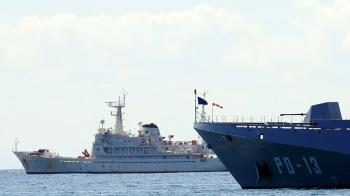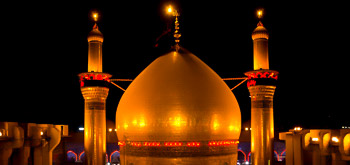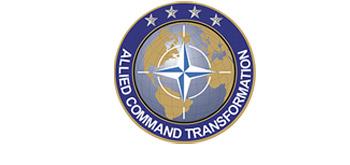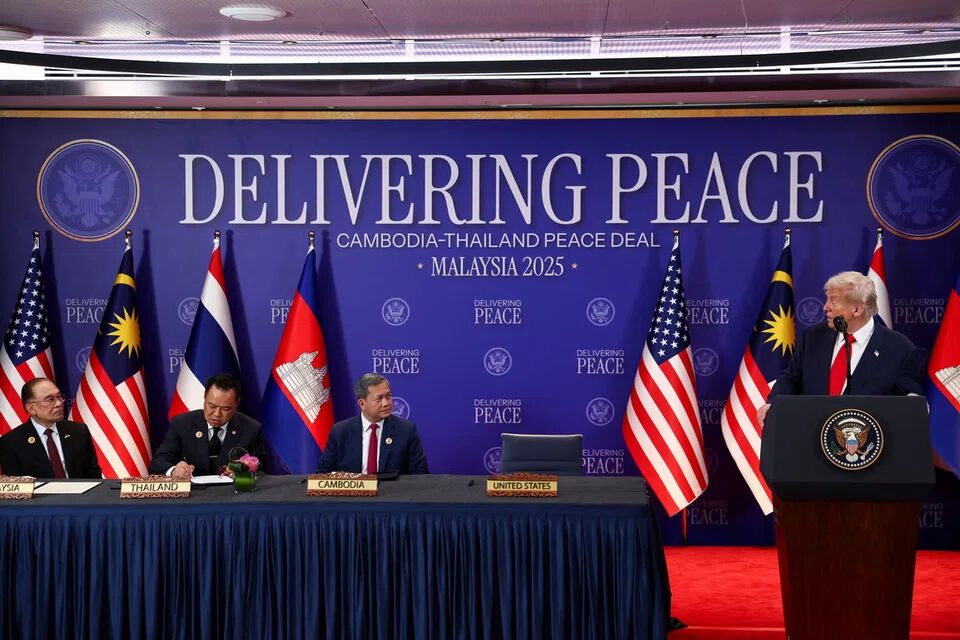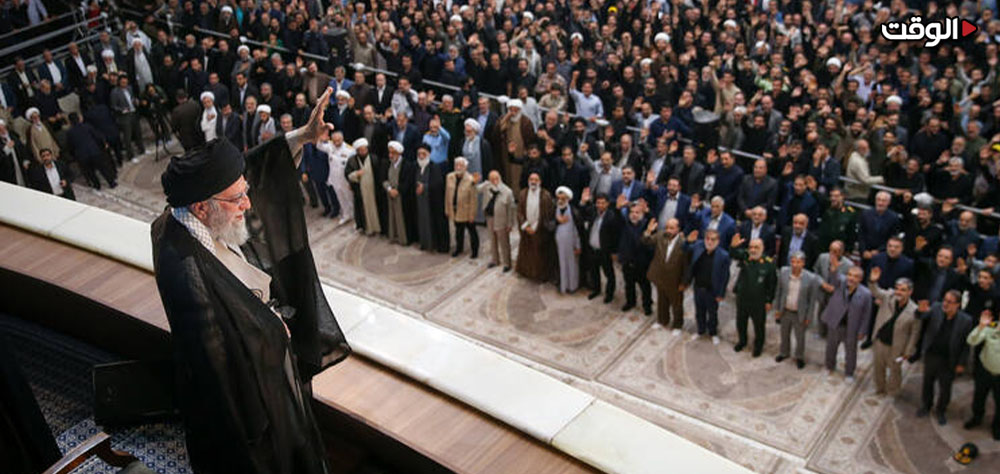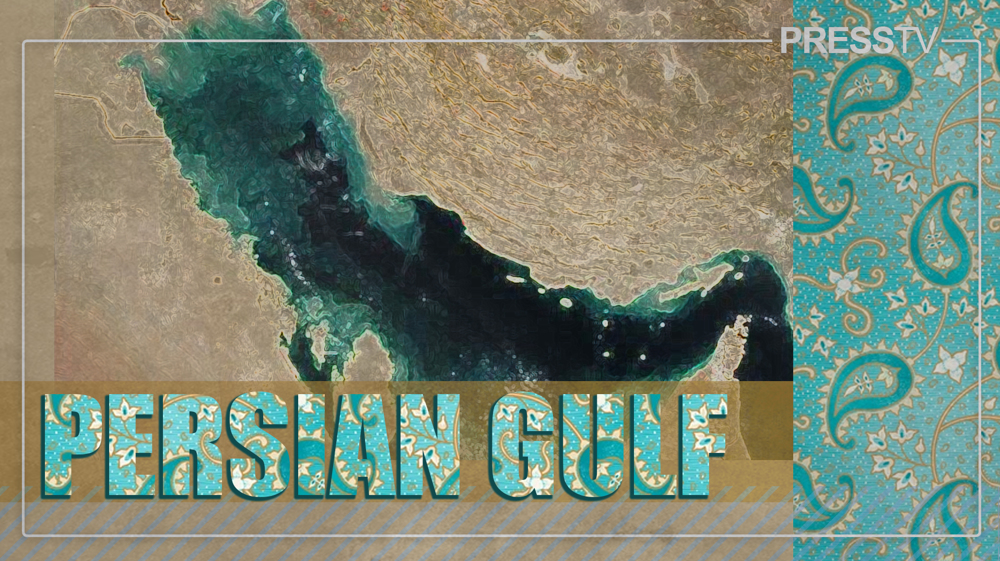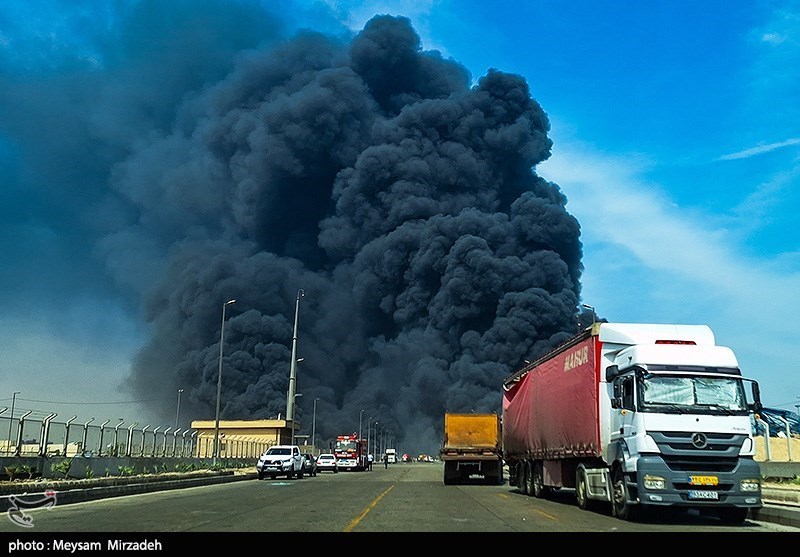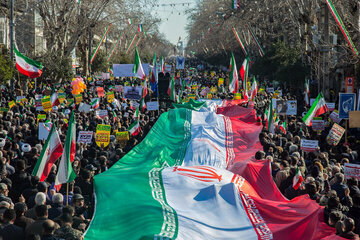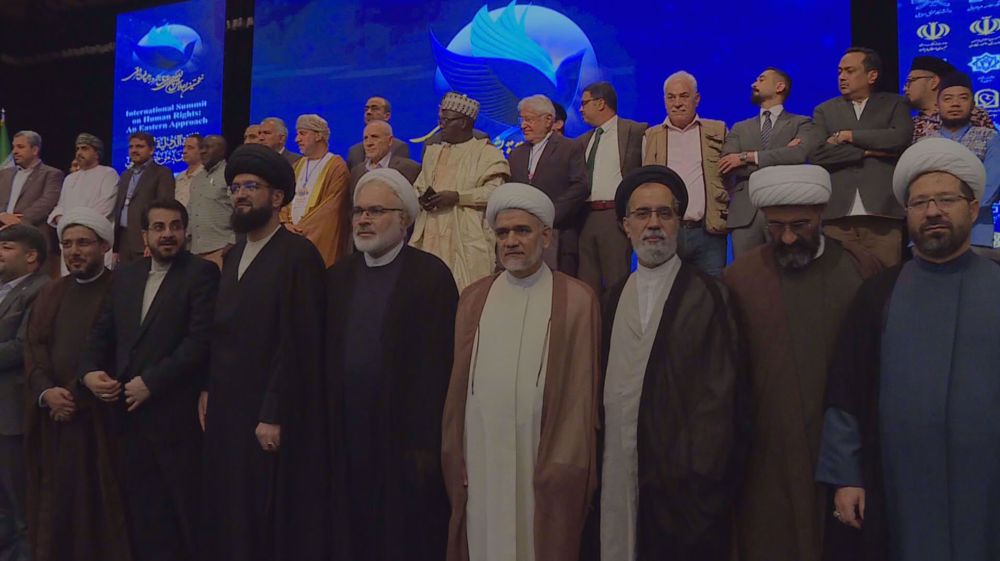Alwaght- President Donald Trump who is trying to turn the trade balance in the US favor through imposing heavy tariffs on imports from other countries this time has picked the East Asian economic blocs as the new focus of his trade strategies.
As part of this policy, he participated in the summit of the ASEAN in Malaysia, a three-day meeting that started from Sunday and will continue to Tuesday, with its key agenda being the maritime security, trade war, digital economy, and regional coop.
As one of the world economic blocs, ASEAN has a special place in the White House's economic calculations as the bloc has become one of the major actors in world trade.
In a speech at the ASEAN summit, Donald Trump announced that the US will sign bilateral agreements on industrial and technological development with member countries, including Vietnam and Malaysia. While not directly naming China, Trump issued a warning, stating that no country should fall into the trap of debt or technological dependency.
Malaysian Prime Minister Anwar Ibrahim highlighted the summit's importance in a social media post, writing: "The ASEAN summit brings regional leaders together to shape a more inclusive, prosperous, and resilient future."
ASEAN is an economic bloc of 11 nations representing a combined population of over 600 million. This year's summit is being hosted in Kuala Lumpur with more than 30 national leaders in attendance.
As part of his Asian tour aimed at securing new economic and security advantages, Trump is seeking to rebuild US presence and influence in Asia by winning the trust of ASEAN countries. In an effort to present himself as a peacemaker, he also stepped into the role of mediator between Thailand and Cambodia, highlighting a peace agreement signed by the two nations at the summit as a symbol of US’s role in promoting regional stability.
Trump’s next stop is Japan, where he will meet new Prime Minister Sanai Takaichi, the country’s first female leader, on Monday. However, the most significant station of his Asian tour will be South Korea, where he is scheduled to travel on Wednesday to attend the Asia-Pacific Economic Cooperation (APEC) summit.
ASEAN summit overshadowed by US-China tariffs war
This meeting is being held at a time that the war of tariffs between Washington and Beijing which has been raging since Trump came back to the White House last year has become a determining factor in the economy of Asia. The significance of this year's summit is doubled since many countries of ASEAN have a vital role in the global supply chain of these two economic giants and this competition directly influences their economies.
During his first term, Trump maintained a cautious and often reluctant stance towards multilateral institutions, including ASEAN. He attended an ASEAN summit in person only once, in 2017, sending lower-level representatives in the following years. His return to these forums in his new term is therefore highly significant, as Washington seeks to reinforce its influence in one of the world's most strategic economic regions amid growing competition with China.
Trump's primary goal in attending these summits is to strengthen trade relations between Washington and Asian nations and facilitate two-way commerce, an effort that could yield substantial profits for American companies. A senior US official explained the trip's objectives, stating that by signing a series of economic agreements in one of the world's most dynamic regions, Trump "will ultimately serve the prosperity of the domestic economy and the interests of the American people."
However, new tariffs imposed by the Trump administration in recent months on imports of certain Asian goods have created obstacles to bilateral economic cooperation and have even caused some damage to American domestic economy. Consequently, Trump is now using the diplomatic setting of economic summits and dialogues with emerging Eastern powers to secure new agreements aimed at reviving trade flows and easing resulting economic tensions.
With these summits taking place on the eve of the US implementation of 100 percent tariffs on imported Chinese goods, the dialogue is heavily influenced by Washington's decision.
ASEAN members in 2024 totally traded worth of $770 billion with China, a figure making Beijing the biggest trade partner of this economic bloc. On the other side, the ASEAN trade with the US in the same year was $358 billion, less than half of value of their trade with China.
This significant gap in trade volume clearly shows that despite Washington's efforts to increase its economic influence in East Asia, ASEAN member states still maintain a deep reliance on China's market and supply chains. This economic reality has become a hidden focal point in Trump's negotiations with regional leaders.
Faced with this situation, emerging Asian powers, concerned about the escalating tariff war between the two economic superpowers, are seeking a way to mitigate the damage and navigate the intensifying rivalry. This is precisely the logic behind signing bilateral agreements with Washington.
While the US president imposed his tariff policy to secure new advantages for Washington, he is now attempting to use new agreements with competitors like China to reshape bilateral trade in America's favor and, as he claims, address the trade deficit. However, economic analysts believe the real consequences of these policies have hurt American businesses and consumers more than they have pressured China. Increased import costs, inflationary pressure, and reduced competitiveness for domestic producers have been among the direct results of these tariff policies.
Apple, the US company most affected by the fallout of the Washington-Beijing trade war, has recently increased its investments in China and worked to solidify its foothold in this key market to shield itself from the effects of this economic rivalry. Apple is selling its new models, a significant portion of which is manufactured in China.
Along with this policy, Apple also plans to invest $600 billion in the US economy in the next four years to avoid US tariffs on its exports from China and India. This decision is actually in line with the economic agenda of Trump who since comeback has tried to force American companies into furthering investments in domestic economy.
Earlier, Trump had managed to wrest similar economic privileges from South Korea in investment and technology transfer. But he has failed to do so when it came to China. This drives him to push harder to tip the scales in favor of Washington.
However, China which according to the forecasts will unseat the US as the largest economy in the world in the next decade has shown no sign of backing down from trade war or making concessions to its rival. With its counter-measures, Chinese government has succeeded in seriously challenging the US financial and trade markets.
In the wake of the global economic fallout from the US–China tariff war, negotiators from both countries announced on the sidelines of the ASEAN summit that they had reached a preliminary understanding on the framework of a trade deal ahead of the upcoming Trump–Xi meeting. The two leaders are expected to meet during the APEC summit to decide on the final terms of a potential agreement.
Tightening the noose on China
Though Trump has made it clear that his attendance to the Asian summits are driven by a will to secure economic privileges, analysts suggest that he intends to draw regional countries closer to the US through pacts to tighten the security and economic noose on China.
As part of this agenda on the sidelines of the ASEAN, Trump signed an array of trade agreements on strategic mineral elements with Thailand, Malaysia, and Cambodia under which the two sides will work to eliminate tariff and non-tariff barriers to their trade. Within the framework of these agreements, Washington will maintain 19 percent tariffs on a majority of imports from these countries. The US president also struck separate deals with Thailand and Malaysia to diversify supply chain of vital mineral elements, an area where China is working to broaden its foothold.
On the other hand, during the ASEAN summit, Donald Trump, leaning on his confrontational stance toward China, announced that the US would back the Quad alliance (comprising the US, Japan, India, and Australia) to strengthen maritime security in the Indo-Pacific. He also called for freedom of navigation in the South China Sea, a region still fraught with territorial disputes between China, Vietnam, and the Philippines.
Although the US president believes that economic and security pressure can weaken his rising rival, such provocative measures not only fail to resolve existing crises but risk pushing the two major powers toward confrontation. In this context, former Australian Prime Minister Kevin Rudd, author of The Avoidable War, describes ASEAN as one of China’s “vital circles of interest,” warning that any misstep in the region could trigger the “Thucydides Trap”, namely an unavoidable competition drives an emerging power and an established one to a conflict.
With its dominance of the global supply chain, China has secured a firm foot in East Asia markets over the past two years and so even the belated efforts of Trump and trade agreements with the ASEAN nations cannot undo the cooperation and economic dependence equations. So, any push for heavy tariffs with the aim of weakening China will in practice damage the US itself, as before the implementation of the 100 percent tariffs many big American companies have sustained billions of dollars in losses and the consequences of these policies on the US economy have shown face before they could produce results.

